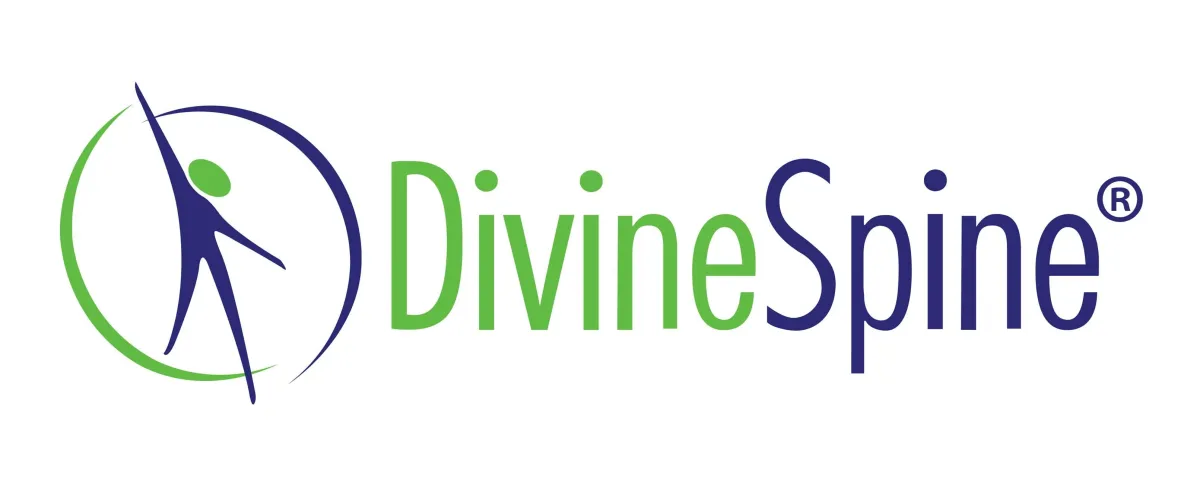
Is Spinal Disc Pressure Keeping You in Pain?
Find Out If the Vertebral Correction System (VCS) Can Help You Heal Faster
Our computerized adjustments are the foundation of spinal health, helping to restore proper alignment, improve mobility, and support your body’s natural ability to heal.
But for some patients, disc compression and nerve irritation can limit how well their spine responds to care—especially when dealing with:
Chronic back or neck pain that lingers
Sciatica or nerve pain that radiates down the legs
Bulging or herniated discs that aren’t healing as expected
Stiffness, pressure, or discomfort in the lower back or neck
That’s where the Vertebral Correction System (VCS) comes in.
What Makes VCS Different?
Many people think spinal decompression and traction are the same. They are not.
Traditional traction simply pulls on the spine, applying force in a linear direction. While this may create temporary relief, it does not account for how discs react to pressure changes.
Spinal decompression, on the other hand, is a precise, computer-controlled therapy designed to:
Reduce excessive disc pressure by creating negative intradiscal pressure
Encourage bulging or herniated discs to retract naturally
Improve the flow of nutrients, oxygen, and hydration to promote healing
Gently stretch and decompress the spine in a controlled, rhythmic cycle
How Do You Know If You Need VCS?
VCS is not for everyone, but if you’ve been experiencing:
Chronic back or neck pain that doesn’t fully improve
Sciatica or nerve compression symptoms
A history of disc bulges, herniations, or degenerative disc disease
Difficulty holding your adjustments due to spinal tension
Then VCS may be an essential addition to your care plan.
The only way to know? Start with a consultation.
What’s the Next Step?
Request a Consultation to See If VCS Is Right for You
Your doctor will assess your condition, review your progress, and determine whether decompression therapy should be added to your care plan.
If it’s a fit, we’ll guide you through exactly how it works and what to expect. If not, we’ll help you explore the best next steps for your spinal health.
Why Act Now?
Spinal compression doesn’t go away on its own. Left unaddressed, it can lead to:
Increased stiffness and reduced mobility
Worsening nerve compression and inflammation
Longer recovery times and recurring discomfort
When introduced at the right stage in your care, decompression therapy can:
Enhance the benefits of your chiropractic adjustments
Support disc healing and long-term spinal stability
Help reduce pressure on nerves for improved function
There is a specific window in your care plan when adding VCS can have the greatest impact—don’t miss it.
Important: This Is Not a One-Size-Fits-All Treatment
VCS is not a replacement for adjustments—it is a targeted decompression therapy used when needed to enhance spinal recovery and support long-term stability.
This is a precise, doctor-guided approach, not generic traction.
Curious if spinal decompression could help improve your results?

Is Spinal Disc Pressure Keeping You in Pain?
Find Out If the Vertebral Correction System (VCS) Can Help You Heal Faster
Our computerized adjustments are the foundation of spinal health, helping to restore proper alignment, improve mobility, and support your body’s natural ability to heal.
But for some patients, disc compression and nerve irritation can limit how well their spine responds to care—especially when dealing with:
Chronic back or neck pain that lingers
Sciatica or nerve pain that radiates down the legs
Bulging or herniated discs that aren’t healing as expected
Stiffness, pressure, or discomfort in the lower back or neck
That’s where the Vertebral Correction System (VCS) comes in.
What Makes VCS Different?
Many people think spinal decompression and traction are the same. They are not.
Traditional traction simply pulls on the spine, applying force in a linear direction. While this may create temporary relief, it does not account for how discs react to pressure changes.
Spinal decompression, on the other hand, is a precise, computer-controlled therapy designed to:
Reduce excessive disc pressure by creating negative intradiscal pressure
Encourage bulging or herniated discs to retract naturally
Improve the flow of nutrients, oxygen, and hydration to promote healing
Gently stretch and decompress the spine in a controlled, rhythmic cycle
How Do You Know If You Need VCS?
VCS is not for everyone, but if you’ve been experiencing:
Chronic back or neck pain that doesn’t fully improve
Sciatica or nerve compression symptoms
A history of disc bulges, herniations, or degenerative disc disease
Difficulty holding your adjustments due to spinal tension
Then VCS may be an essential addition to your care plan.
The only way to know? Start with a consultation.
What’s the Next Step?
Request a Consultation to See If VCS Is Right for You
Your doctor will assess your condition, review your progress, and determine whether decompression therapy should be added to your care plan.
If it’s a fit, we’ll guide you through exactly how it works and what to expect. If not, we’ll help you explore the best next steps for your spinal health.
Why Act Now?
Spinal compression doesn’t go away on its own. Left unaddressed, it can lead to:
Increased stiffness and reduced mobility
Worsening nerve compression and inflammation
Longer recovery times and recurring discomfort
When introduced at the right stage in your care, decompression therapy can:
Enhance the benefits of your chiropractic adjustments
Support disc healing and long-term spinal stability
Help reduce pressure on nerves for improved function
There is a specific window in your care plan when adding VCS can have the greatest impact—don’t miss it.
Important: This Is Not a One-Size-Fits-All Treatment
VCS is not a replacement for adjustments—it is a targeted decompression therapy used when needed to enhance spinal recovery and support long-term stability.
This is a precise, doctor-guided approach, not generic traction.
Curious if spinal decompression could help improve your results?